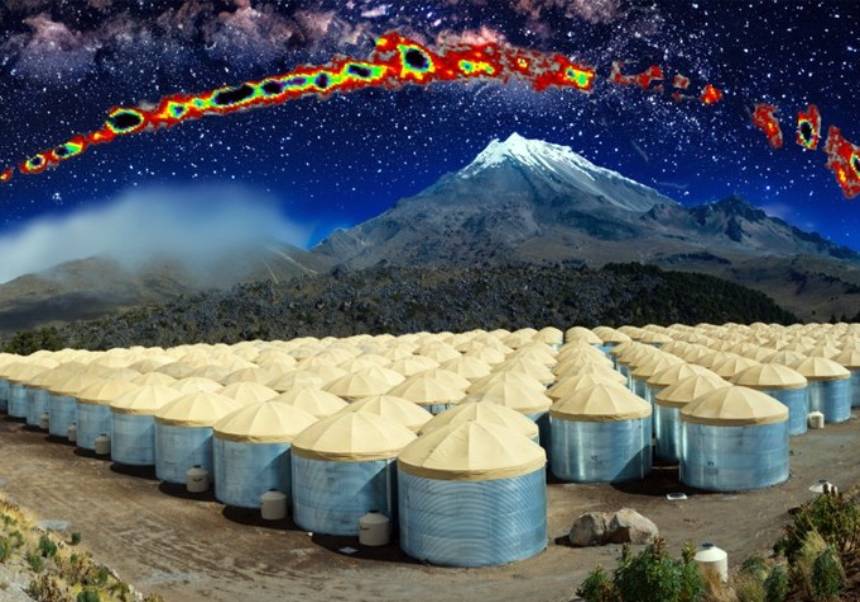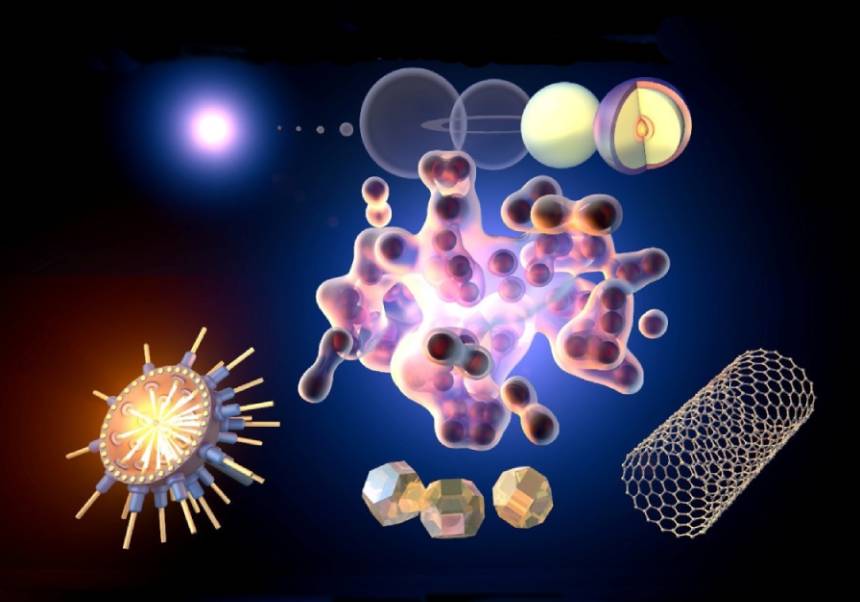Artificial Intelligence to reconstruct the trace left by the particles in the LHC
- Fundació Parc Científic
- April 2nd, 2019

The Institute of Corpuscular Physics (IFIC) is organizing an international conference to explore the application of advanced computational techniques to the reconstruction of particles produced in accelerators such as CERN's Large Hadron Collider. The objective is to prepare the avalanche of data that is expected with the improvement of the LHC, which from 2025 will multiply by 10 the number of collisions. The congress will be held in the Botanical Garden of the Universitat de València.
To discover the Higgs boson, you first have to know where it comes from. The reconstruction of traces left by particles in CERN's Large Hadron Collider (LHC) experiments is one of the first points to identify them and find out if they belong to known families or if they are something new. The Institute of Corpuscular Physics (IFIC), a joint centre of the CSIC and the Universitat de València, is organising a conference at the Botanical Garden of the UV where it brings together research groups from all over the world to tackle the application of Artificial Intelligence techniques to the reconstruction of the trajectories of the particles produced in accelerators. The aim is to prepare the avalanche of data that is expected with the improvement of the LHC, which from 2025 will multiply by 10 the number of collisions.
Every second there are 1,000 million collisions between the protons circulating through the LHC ring. In 2026, with the launch of a series of improvements in the accelerator called High Luminosity LHC, this number will be multiplied by 10. "This means going from the 400 traces of particles that we now have in each collision to more than 4,000 per collision, something that we would not be able to assume with the current methods of reconstruction," says Salvador Martí García, CSIC scientific researcher at IFIC and one of the organizers of the congress.
The research groups from all over the world meeting this week in València are trying to find a solution in Artificial Intelligence. "The idea is to apply techniques such as 'machine learning' and 'deep learning' to reconstruct the traces of the particles, so that we can maintain current efficiency in the demanding conditions we expect in the High Luminosity LHC", explains José Enrique García Navarro, head scientist of the CSIC at the IFIC responsible for the organization.
The congress brings together not only research groups participating in LHC experiments such as ATLAS, CMS or LHCb, but also in other experiments such as Belle II in the SuperKEKB accelerator (Japan) or in future installations such as FAIR or CLIC. In total, a hundred researchers meet at the Botanical Garden of the Universitat de València.
The IFIC is very involved in the reconstruction of the trajectories of the ATLAS experiment, the largest detector of the LHC where the Higgs boson was discovered. The IFIC group is responsible for knowing precisely where all the parts of the detector are located, a huge puzzle 25 meters high and 45 meters long with thousands of interconnected elements. This task is essential to be able to faithfully reconstruct the trajectories of the particles.
"We could say that the ATLAS experiment is like a big camera that takes millions of photos of collisions every second, and we are in charge of focusing it", summarizes Salvador Martí. "However, in the High Luminosity LHC we will not be able to do it if we do not use techniques that are capable of assuming the enormous amount of data that will be produced".
The application of Artificial Intelligence techniques will also mean a change in the detectors that will be installed in the experiment, elements whose electronics will be able to carry out a previous processing of the signals to discriminate information. Thus, the Valencia congress will bring together experts in both software and hardware, as well as researchers who develop algorithms on which these techniques are based.
Precisely, IFIC is building a new infrastructure dedicated to the development of Artificial Intelligence techniques and the treatment of large amounts of data or Big Data Analytics applied to the study of the fundamental constituents of the matter (whose objectives are to improve the reconstruction of traces of particles in experiments) and other lines of research of the institute such as improving the diagnosis and treatment of cancer. This infrastructure is financed by the Regional ministry of Education, Research, Culture and Sports through the programme for the acquisition of infrastructures and R+D+i equipment, FEDER Operational Programme of the Valencian Community 2014-2020.
More information:
File in: Astronomía y Astrofísica , Ciencias Tecnológicas , Física
















